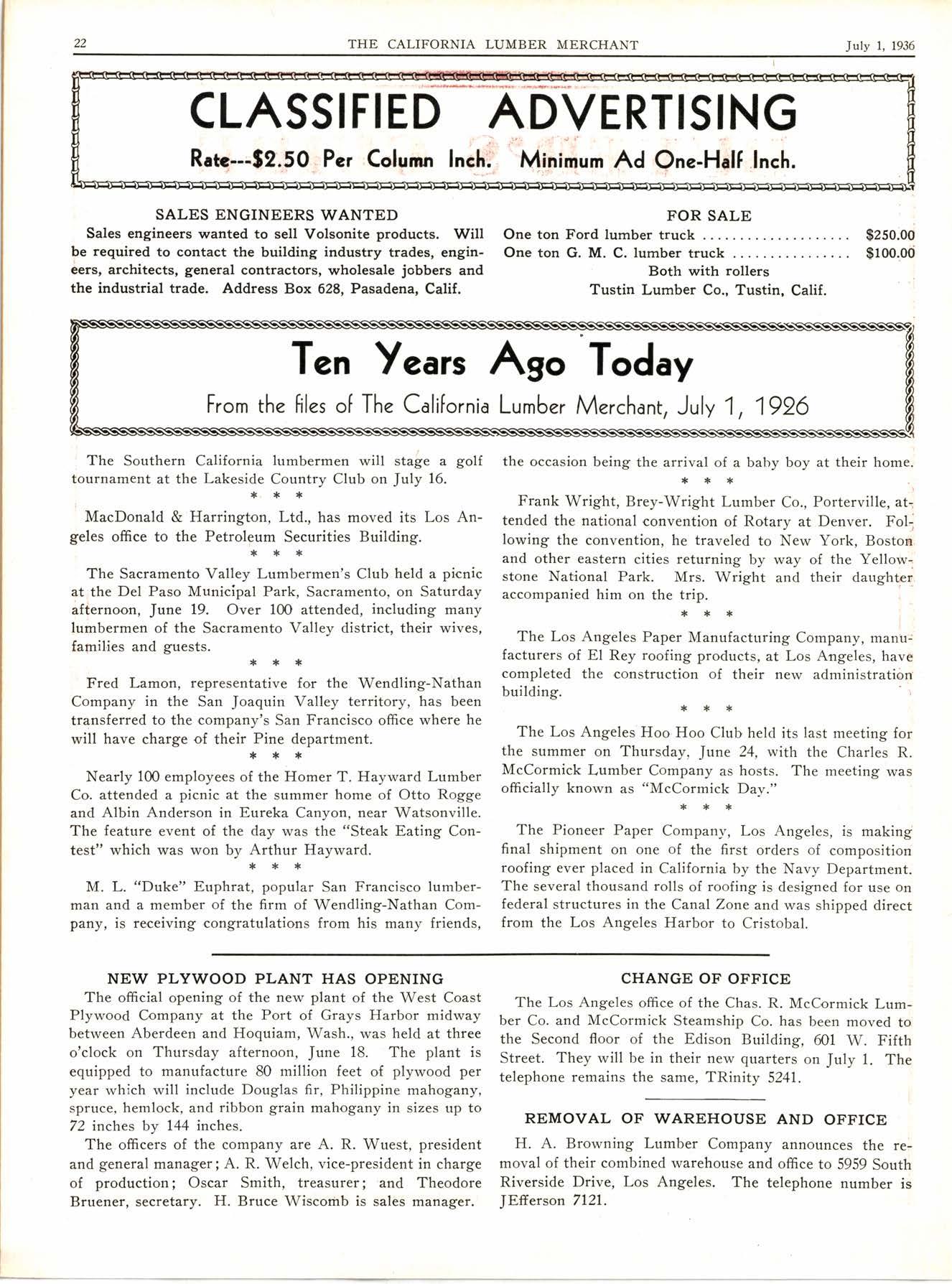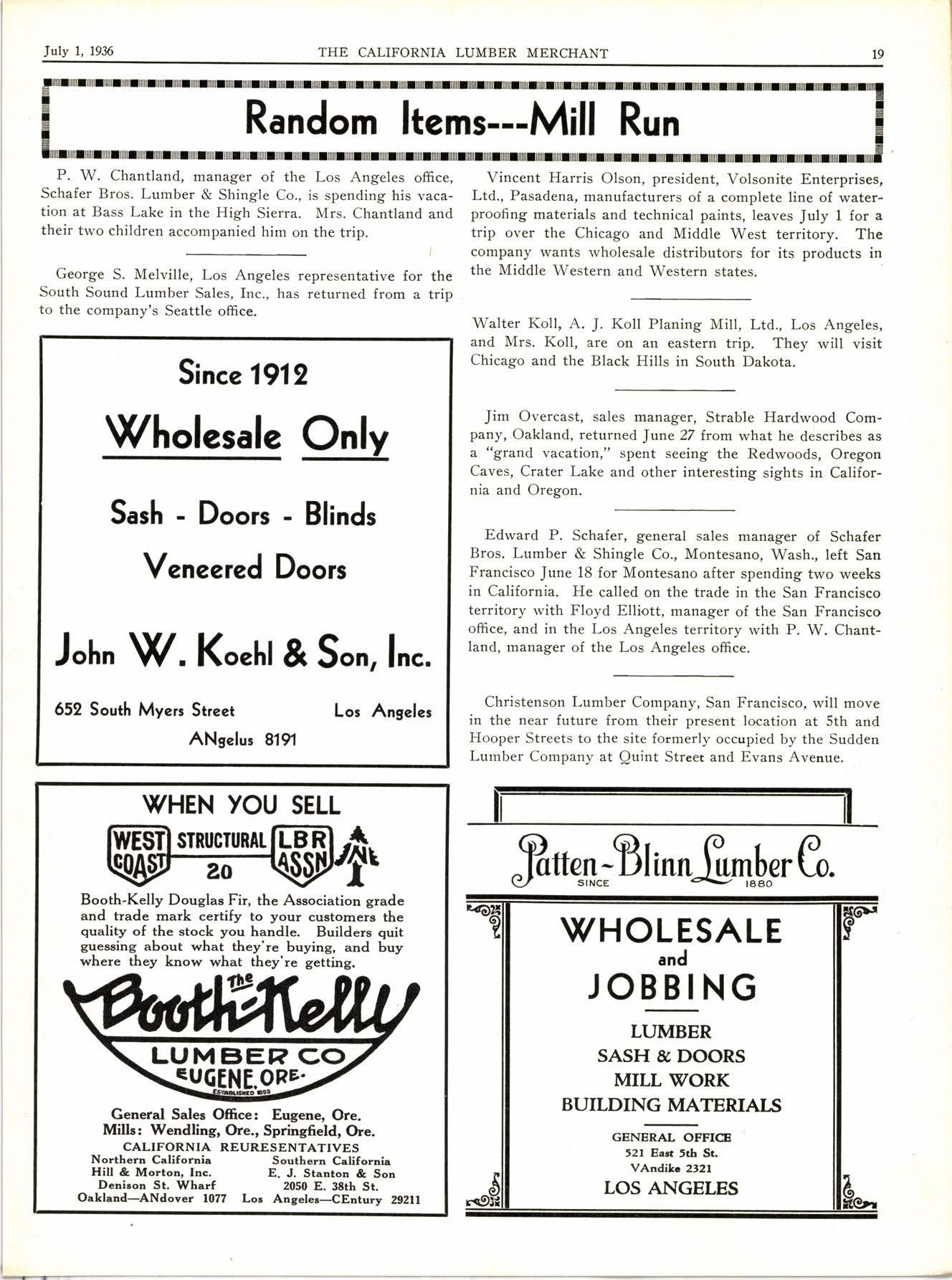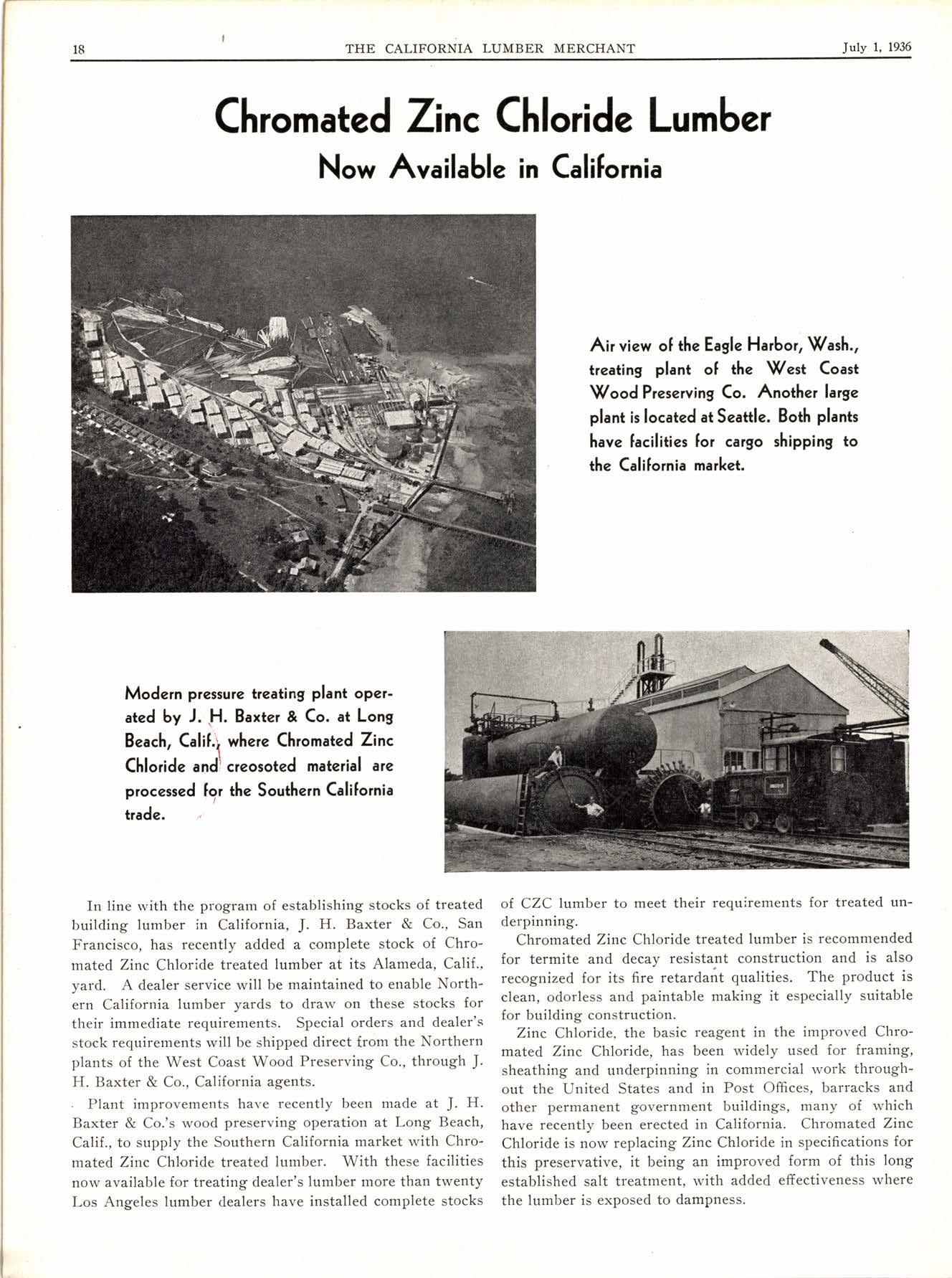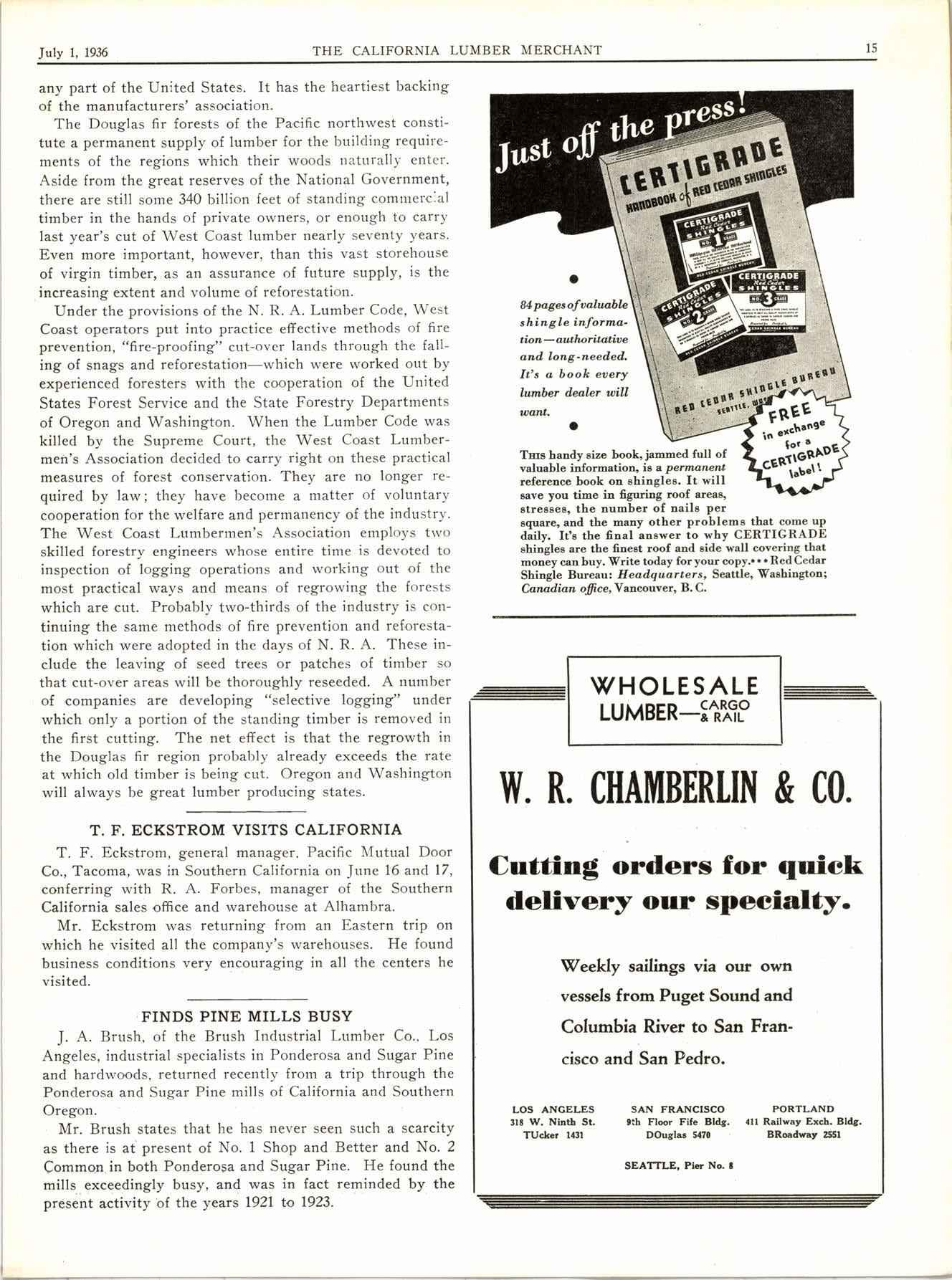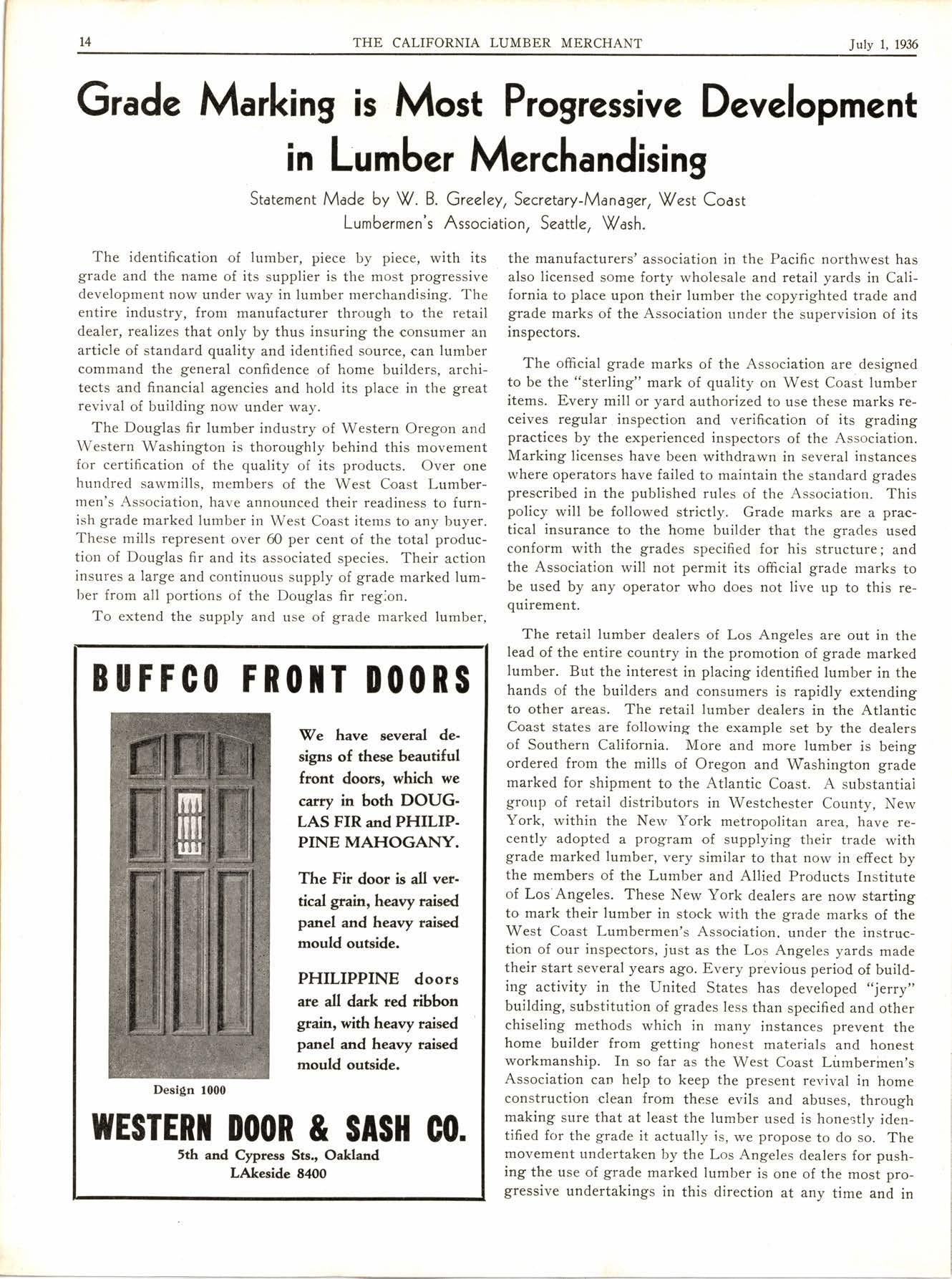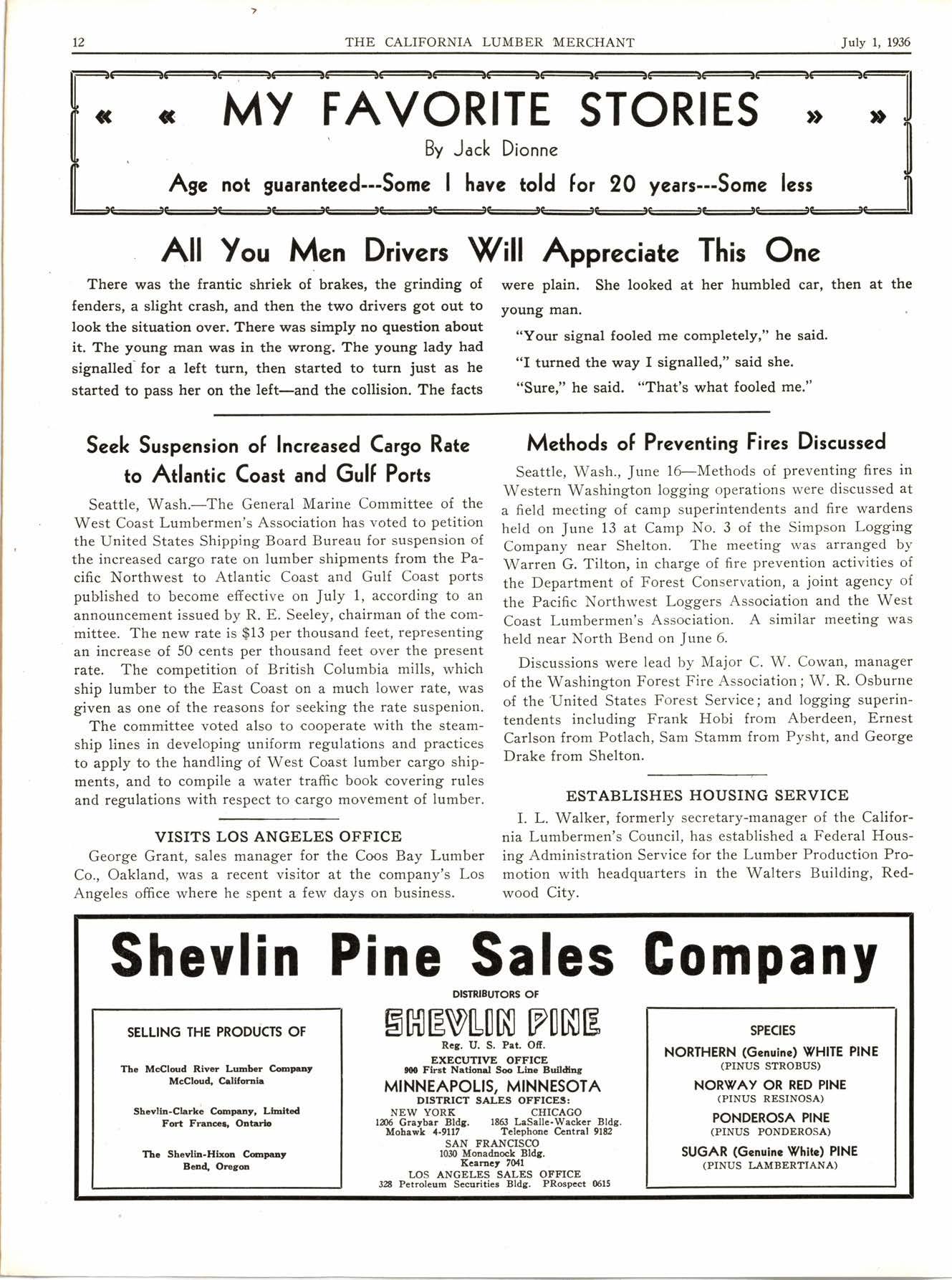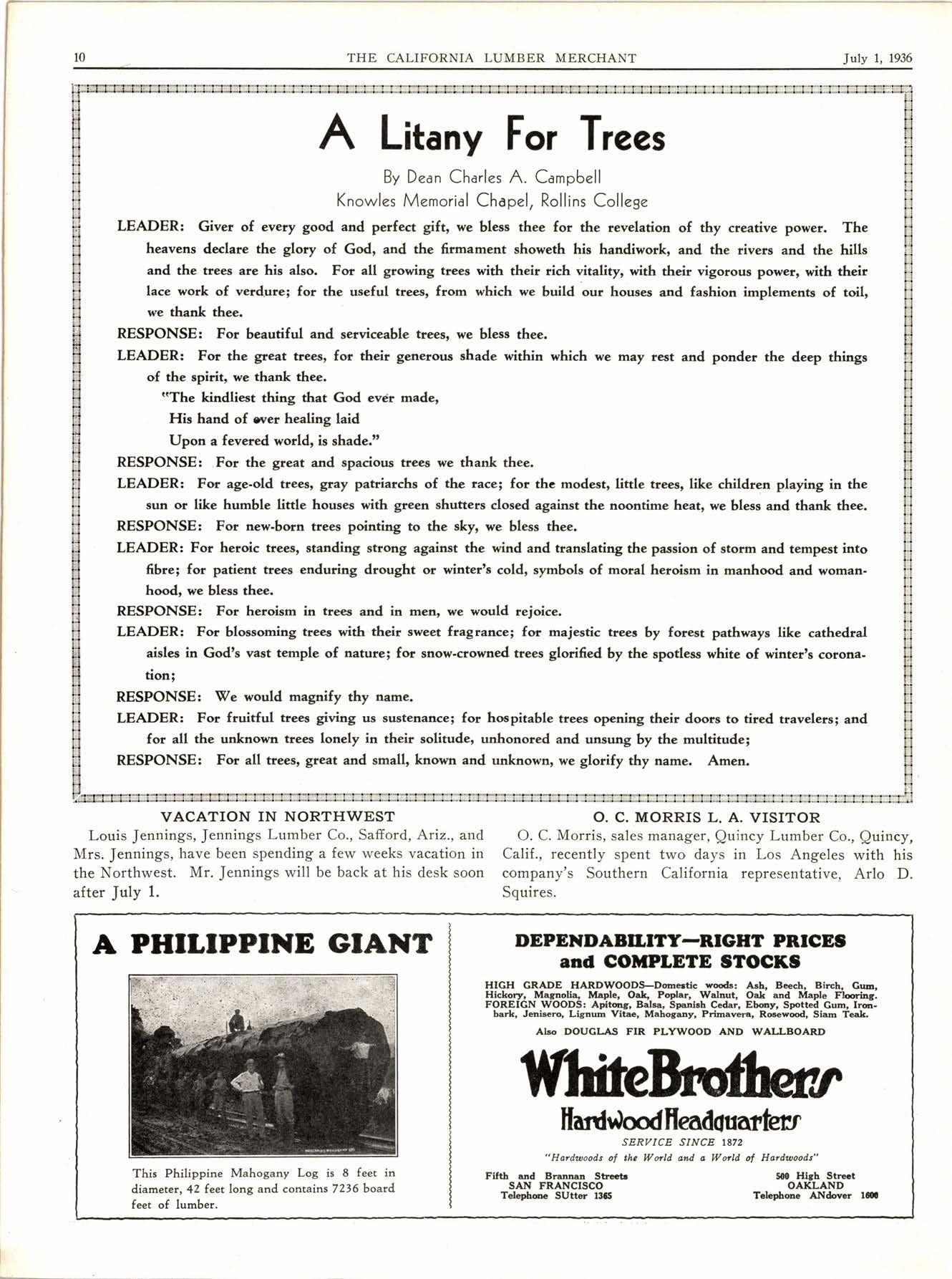
5 minute read
Vagabond Editorials
By Jack Dionne
When the poet wrote his oft-guoted words to the effect that "It is love that makes the world go round," he started something. But he was talking sentiment-not business and industry. What makes the world go round in business and industry? Why RESEARCH, of course! What else?
And research is a -.*r*r,* thing. The first industrial laboratory was organized in 1888 by the Du pont Company on the banks of the Brandywine just outside of Wilmington, Delaware. Today there are more than sixteen hundred industrial resgarch laboratories in the United States, which employ thirty-five thousand skilled men in their operations, and spend more than two hundred millions of dollars annually in their scientific investigations and experiments. ***
And what have they done? Nothing much. Just rebuilt the world, is all ! They have created the automotive industry which has built sixty-two million motor driven vehicles in this country; and in building this industry they have, of course, built the many other industries, rubber, glass, paint, metals, upholstery, etc., that hinge directly upon the automotive industry.
They have built the petroleum industry from cellar to roof. They have built the telephone, electric, radio, chemical, aviation, asphalt, cement, and various other industries that have added their large contributions to making this a new world to live in.
And lumber? What has research done for lumber? Well, it has not yet performed miracles for lumber AS SUCH, but for WOOD it has done mighty miracles. The average lumberman does not appreciate this fact because he is only accustomed to thinking of wood in terms of standard items of building material, and not so much in terms of wood in other forms.
Not that research hasn't really done some splendid things for lumber itself. It has. ft was only a few years ago when many kinds and characters of hardwoods, for instance, were small in value, Iow in price, and inconsiderable in use because the producers of lumber did nbt know how to properly season the stuff and make it usable. Research taught them. Today you can buy some of these very sarne woods that used to cause so much trouble, perfectly seasoned and ready for use. You can even prescribe the moisture content, and the mill can prepare and deliver it exactly the fashion you want it.
Research has done the same for all commercial woods, hard and soft, to a considerable extent. Lumber drying and seasoning today is a highly specialized and scientific process, due entirely to what research has taught. Most of this experimentation has been done by makers of lumber drying equipment; a considerable portion has been done by the United States Forestry Laboratory, at Madison, Wisconsin. ***
Research and experimentation of scientific character have brought veneering of wood to a very high state of perfection. A generation ago the average buyer of furniture, for instance, turned up his nose at an item when he found it was vi:neered. Not so any longer. Research has taught the art of building veneers, veneered panels, and what we now call "plywood," until they can unquestionably BUILD wooden things that are stronger, straighter, less subject to warp, crack, or cup, than the solid wood of the same materials. **,f
Scientific knowledge of how to make the cores for these veneers, how to cut and season the outside veneers themselves, and how to manufacture and use the glues that hold the veneers and the cores together, has made possible marvelous building items, possessing building properties and building values impossible in solid wood.
They learned, after years of experimentation, how to make glue that possesses waterproof and other necessary properties. They learned how to build cores out of waste and other cheap wooden items, and to put them together in such fashion as to create stout, smooth, dependable, shapeholding foundations for the beautiful slices of thin lumber that are glued upon them.
:B*rf
Today you can cover a big wall with just a few pieces of beautiful, clear, wooden boards, that will furnish every sort of service that the builder desires. Research and experimentation did it, and it is one of the greatest forward thrusts the lumber industry has made in its history.
But it was with wood, ;a-".:wood sawed into lumber, that research has performed its wonders. One of the greatest living authorities says that "few industries seemed further removed from chemical research than this one" because it is "based on a raw material that is an uncultivated product of nature," yet he declares that "no industry has seen greater chemical changes or offers a more illuminating study."
Take paper. Today, when paper is so plentiful that even the paupers can waste it, it is difficult to conceive that three generations ago it vyas a luxury; that during Civil War days paper was so scarce and so expensive that newspapers were rare, and people of modest means used to read them in groups in the post-omces and other such public places.
***
In those days books and nen'spapers were not plentiful, even in the homes of the well-to-do. Tn L776 Continental Congress issued an appeal to the people to save their old rags so that paper might be made to meet the needs of the army and the Government. Today a thousand tons of newsprint-made from wood-are used in the printing of a single Sunday edition of a great New York newspaper. Paper is used for thousands of inexpensive purposes by our entire population.
:f'B*
We use, in the United States, ten million tons of paper each year I and two-thirds of it is made from chemicallytreated wood pulp supplied by forests. The rise of paper has been along upward steps created by the chemist. First they developed the soda process for making wood fiber into wood pulp. Then they developed a sulphite process for the same purpose. Then came the more recent Kraft process.
**'f
The first two processes made paper out of wood cheap and plentiful; the latter made it cheap and strong. Out of the last process has grown an enormous expansion of the paper board manufacturing industry. Paper board combined with cheap wastes have long since challenged wood in its lumber form for an enormous number of construction purposes. ,f*rf
I have often heard and read thunders from makers of wooden boxes, against the competition of fiber containers, the complainants never stopping to think that the stuff they kicked about was as much wood as their own product. One came through the laboratory and factory, and the other through the sawmill and planing mill. Both are wood. The new strong papers made of wood have made possible the displacement of fabric sacks for shipping cement and other products; they have routed the old-fashioned barrel and tin can from the average grocery store and in many other places. Through research and chemical activity wood is now ground into pulp and then re-run into solid boards for many building purposes. You often hear lumbermen kick about "substitutes." \llfood has done some magnificent substituting in recent years, itself. **rF
Six million tons, or about 3/+0,000 carloads of wood are moved by the railroads every year TO the paper and pulp manufacturing plants. For wood is not just wood to the chemist in his laboratory. It is CELLULOSE. And cellu-


